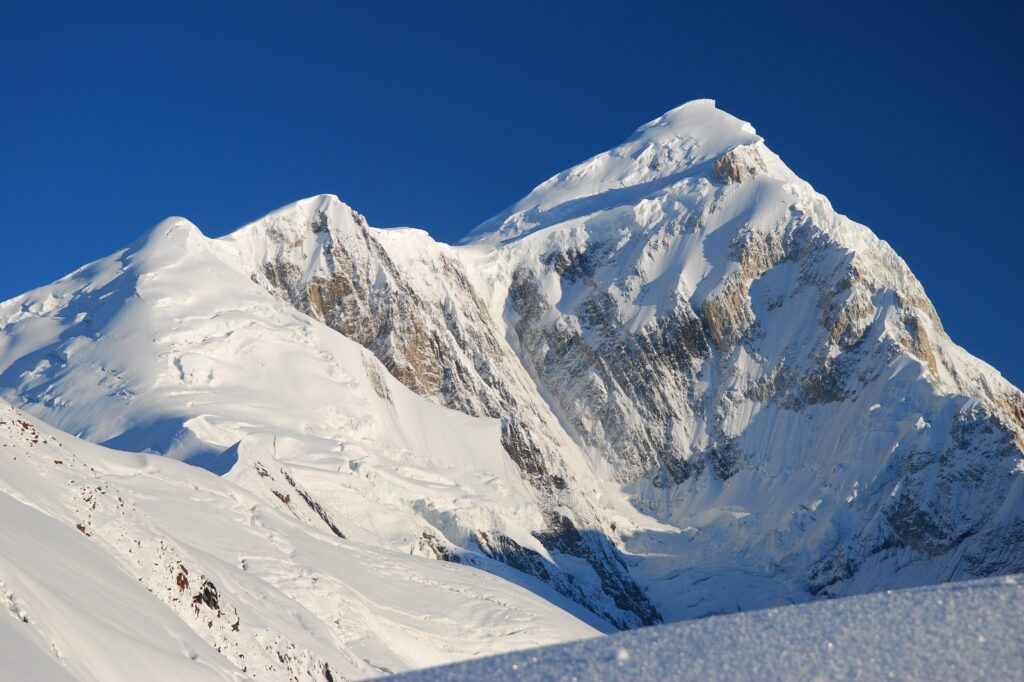- Web Desk
- 6 Minutes ago
Another Japanese climber dies on Golden Peak
-

- Tanveer Abbas
- Jul 03, 2024

GILGIT: A Japanese climber has died while descending Golden Peak also known as Spantik in the Hopar Valley of Nagar District, confirmed Nager Deputy Commissioner Attaur Rehman Kakar on Wednesday.
In an interview with HUM News English, Kakar detailed that a group of four Japanese climbers, aged approximately 60, 64, 26, and 21 years, accompanied by two local porters, had embarked on an expedition to summit the 7,027-meter-high Golden Peak on June 10.
“After reaching the summit on July 1, 64-year-old Onishi Hiroshi slipped into a crevasse between camp 2 and camp 1 and sustained serious injuries on July 2,” Kakar reported.
The climbers promptly contacted Army Aviation authorities for a rescue mission scheduled for Wednesday. They had insurance in Japan responsible for coordinating with the aviation authorities for the rescue. “Today, when I talked to Army Aviation, they informed me that he has died,” Kakar said.
The insurance company in Japan is currently awaiting the family’s decision on whether to proceed with rescuing the body.
Transporters increase fares following hike in petroleum prices
As of now, Army Aviation has not received any requisition for the body’s retrieval. However, Kakar confirmed that Hiroshi’s body had been recovered from the crevasse and brought to Camp 1.
It is pertinent to mention here that two Japanese climbers went missing during their attempt to summit the peak in Alpine style from the Shiger side. The body of Ryuseki Hiraoka, 55, one of the two missing climbers, was found 300 meters below Camp 3. Searchers were unable to find the second climber, 36-year-old Atsushi Taguchi, and finally called off the search.
Spantik, located in Gilgit-Baltistan, is considered the most straightforward 7,000’er in the region. It is a relatively popular climb, sometimes as a final goal and sometimes as acclimatization before summiting 8,000-meter-high peaks. There are various routes leading to Golden Peak, including paths from the Arandu village in the Shigar District, as well as routes originating from the Hoper valleys in the Nagar District.




